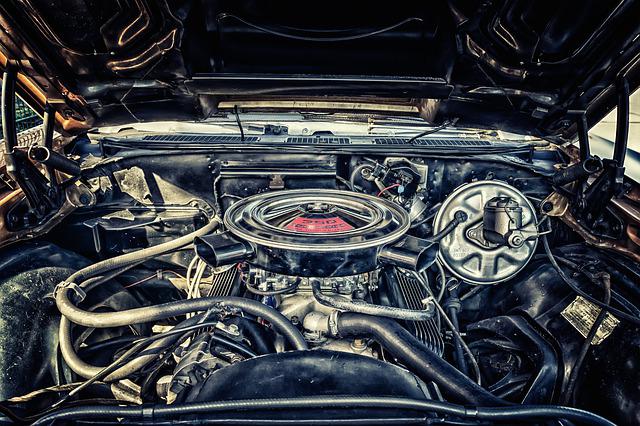Surface cleaning has long been a crucial component of cleanliness in fitness centers. This is especially true when cleaning up machinery or other equipment individuals have used. However, when these facilities started to reopen once pandemic restrictions loosened, cleaning the air became a crucial component of the hygiene program.
Surface cleaning is still a crucial weapon in the battle against illness. Even yet, improving air quality through ventilation and filtration has emerged as the most critical factor in health and safety for reducing COVID-19 and other airborne pollutants. So, how can you manage airborne contaminants in fitness centers with the best air filters?
Managing Air Quality with Air Filters
Because of the frequent huffing and deep breathing from exercising patrons, enhancing air filtering makes sense for fitness facilities and gyms in particular. Moreover, the CDC has identified these sites as being at high risk of COVID-19 spread.
Not only would clearing the air help members to stay safe, but it will also make them feel better. This will free them from worrying continually about the possibility of contracting COVID-19 and the flu and common colds, allowing them to enjoy exercise and have a great time at the gym.
Old air is expelled by ventilation, and fresh, clean air is introduced during air filtration. That is essential for any interior environment and contributes to reducing the accumulation of carbon dioxide.
Most structures, including gyms, circulate a specific proportion of inside air and mix it with a specific volume of outside air. For instance, 80% recirculated air may be combined with about 20% outside air. Recirculated air has a considerably more significant concentration of unwelcome substances and chemicals produced within the gym.
Air filtration enhances ventilation by using air filters, such as a 20x24x1 air filter, to capture airborne particles. This procedure cleans “outside and recirculated” air before returning the air to inside surroundings. Several sorts of specialist air filters are available to trap particles of various shapes and sizes.
The size of airborne particulate matter (PM) is measured in microns (m). One inch is 25,400 microns long, but a micron is one-millionth of a meter. Under the right circumstances, a person with good vision could be able to perceive a 20-micron particle.
MERV Rating for Air Filters
The minimum efficiency reporting value (MERV) rating describes how well an air filter eliminates various-sized airborne particles. A MERV 13 objective for minimum filtering efficiency is often ideal for most places, commercial and residential. Air filters with MERV 13 or higher ratings will capture at least 90% of the biggest particles.
The size of many virus-containing aerosols in the air is in this range of particles, which is between 3 and 10 microns. The MERV value with the maximum capacity is 16, which can catch up to 95% of all particles larger than 0.3 microns. Therefore, you can decide on the MERV rating per your unique requirements.
Stay Safe and Well-Ventilated
The general perspective on cleanliness and indoor air quality has been altered by COVID-19. Customers not just want but demand clean, fresh air in public spaces. The greatest air filters can always maintain the air in your gym in top condition since these filters have been field tested for many years. So, you can decide on a suitable MERV rating and upgrade your gym and indoor air quality with the right filters. Good Luck!
